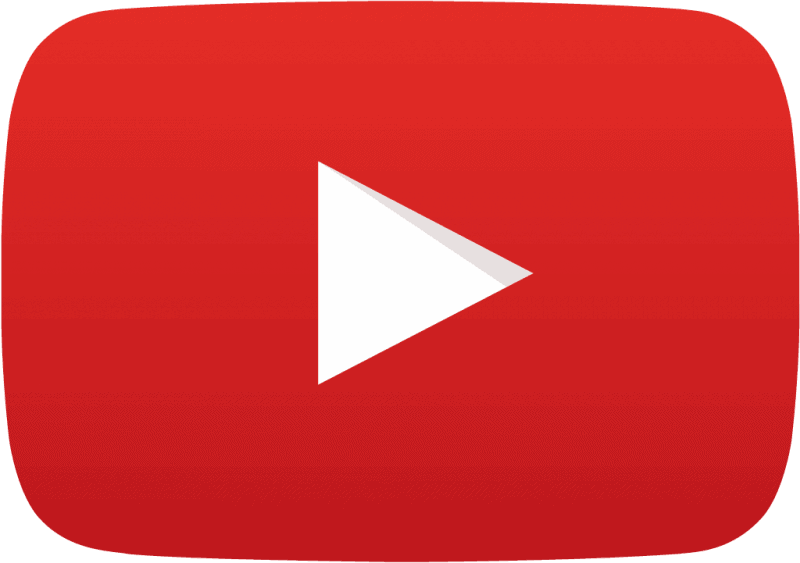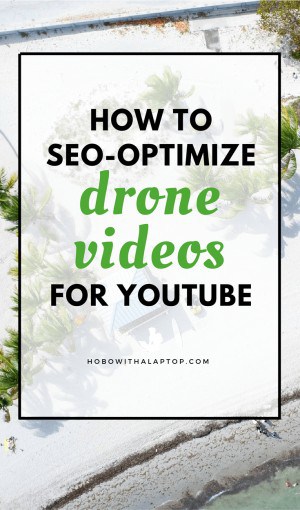

No matter how great your videos are YouTube’s search engine and recommended feed will be the key driver that gets your content in front of people’s eyes.
Learn how to be a YouTuber that gets more views, subs, cultivates an income-generating audience, and attracts sponsors with these top 5 YouTube video SEO tips.

How to Be a YouTuber Household Name
Although decent audio and video hardware may be hard to acquire for someone just beginning to learn how to be a YouTuber, it’s important to take YouTube SEO seriously, right from the start.
Quality YouTube videos are turning average creators into online celebrities and opening doors to video ad revenue, sponsorship opportunities, and street recognition.
And competition is fierce –YouTube SEO is often the key factor in how quickly someone learning how to be a YouTuber can grow their audience and make money on YouTube.
Your videos could be bloody amazing, but they could also be a poor investment of your time and effort if they fall on def ears because you didn’t take video SEO seriously.
Worse yet, you could burn out before you ever make 1,000 subs.

YouTube Video Ranking Factors
At the time of writing, all major online video websites generally rank videos on search result pages in a similar fashion as traditional search engines like Google or Bing –although there are a few SEO advantages for video over other content types that a YouTuber can leverage.
Related: A Shopping List of GoPro Travel Accessories We Use
From the keywords used in video titles, descriptions, or tags –to the popularity of your travel videos measured by view count– the precise methods that online video sharing websites use to rank travel videos have much in common with traditional search.
Social media outside of YouTube such as Twitter, Instagram, and Pinterest all play a big part in how many views your videos will receive and how they rank, but those are topics for other blog posts.
How does YouTube Rank My Videos?
There exists a set of 5 tried-and-true areas that you can focus on to make your online video rank on search engines. They are:
- Human need
- Viewing time
- Keyword relevance
- Call to action
- Promotion
Here’s an infographic to help you clearly understand what makes video search engines tick –what they measure and how you can leverage search optimization and keywords to make your videos rank better on search results pages.
The article continues after the infographic.
YouTube SEO Infographic:

How to Rank a Video on YouTube
Below we’ll expand on the YouTube ranking factors we discussed in the infographic above. If you’ve got any additional tips or advice regarding video SEO best practices, we’d appreciate hearing from you in the comments.
1. Human Need
Travel blog drone videos, for example, are mostly eye candy and draw upon human emotion to enhance their popularity. In addition to epic visuals, it’s also important that you mix in audio that elicits an emotional response. Thoughtfully chosen music tracks combined with the happy sounds of children laughing, nature, street life. and the odd funny remark will enhance the positive vibe of your videos and build loyalty with your viewers.
Worth mention that all of this is ideally accomplished within 3 minutes, as this is the length of time most common among the most popular videos on YouTube. It is also important to use a descriptive yet appealing thumbnail preview image that suits the content, and we recommend making one separately instead of simply using a frame of video.
2. Viewing Time
Not to be confused with the 3-minute video length mentioned elsewhere, the “viewing time” we’re referring to here is the amount of combined minutes and hours your viewers have spent watching your video overall.
This YouTube SEO ranking metric sports a direct correlation with how well your videos will rank, and is a key YouTube ranking factor.
In order to keep eyes glued to your videos, we suggest that you take your time editing your videos to ensure they have a high production value.
Do a little keyword research to find out what’s trending, and include popular subject matter in your videos (and video titles, descriptions, and tags).
3. Keyword Relevance
In March of 2017, Google announced its Google Translate team has made larger leaps in the past few months than it has since the inception of the project in terms of speech recognition, context, and understanding. It has achieved this by using artificial intelligence –and it’s safe to assume that very soon YouTube will be able to fully understand and index speech within your videos.
However, for now no video search engine on the web possesses the Jedi-like ability to “watch” and contextually understand video as they do with text-based blog posts. This means you’ll need to give them a hand indexing your video properly through the use of relevant keywords in your video title, description, tags, transcripts, and/or closed captioning to provide clear context of what your video is about.
It’s important to be as relevant as possible, and not just go for popular keywords if they don’t relate to your video. Setting the wrong expectations by tricking viewers into watching your videos will have a negative effect on other ranking factors –such as up-votes and down-votes.
How to Use Keywords on YouTube
Clear copy in your YouTube video SEO description will help search algorithms best understand what context to present them in search results, and match them with the right audiences.
Here’s a Video SEO Keyword Checklist:
- Video title: We suggest approximately 5 word video titles, with just one central keyword/keyphrase
- Tags: Less is more, use tags with razor-sharp precision –avoid using loosely-related tags
- Descriptions: Don’t skimp on your video description, make it close to the length of a short form blog post and be sure to use long-tail keywords throughout
You can learn a whole lot more about keywords here.
4. Call to Action (CTA)
Great videos will give you the undivided attention of your audience, so this is a great time to drop a potent CTA.
Take a cue from Instagram; embellish videos with a memorable URL and strong call to action. Only use annotations decisively as to avoid annoying your audience.
The only thing on earth that’s worth lowering your overall YouTube viewing time is a CTA that lures your viewer from YouTube to your website.
And when you do this, ensure that there’s a good reason, too. Your call to action should be enticing YouTube traffic to come to your website for a reason more than “check out my blog”. Whether it’s a page with valuable affiliate links, you’re trying to boost traffic for an influencer marketing / sponsored post campaign, or you’re getting people to sign up for your email list –whatever you do, make it count.
5. Promotion
As previously mentioned, where and how your travel video is promoted will make a big difference on your YouTube SEO metrics and affect how they rank. And how they rank will affect how many conversions you get, and those conversions will determine whether or not you’re able to afford that trip to Bali next week. Or eat.
Your best bet is to tap into additional search engines to diversify your traffic like Pinterest and Instagram to create a trickle-down effect.
Which means you’ll have to rinse and repeat the YouTube SEO tips above for Pinterest and Instagram —attractive preview images, keywords, descriptions, and tags.
In Summary
If your YouTube videos evoke more emotion than others, you’re mindful about overall viewing times, you take your time identifying trends and keywords, and promote the haaaailllll of them –you’re on your way to being a successful travel blogger that people love and brands enjoy working with.
Do you have any YouTube SEO tools or tips to add? Feel free to leave your tips or advice for people learning how to become a YouTuber in the comments below!








